Even before the original muscle car era in the 1960s, enthusiasts everywhere would take their vehicles
down to their local drag strip to see who had the fastest and most powerful American iron. Drag racing
has always been a staple in the American automotive and racing world to see who has the quickest vehicle
in the quarter-mile. Unlike road racing, drag racing is strictly getting your Mustang from the starting
line to the finish line in the fastest way possible. For more than five decades, Mustang enthusiasts
have enjoyed taking their original pony car to the 1320 to prove who has the quickest reaction time,
sixty-foot, speed, and quarter-mile time while taking home bragging rights. The NHRA (National Hod Rod Association) influence and many other drag racing sanctioning bodies aided
enthusiasts to enter into many racing competitions to prove who has the quickest stallion. Unlike road
racing, drag racing is more accessible for the average Mustang enthusiast to race on the weekend or join
a testing session that will enable you to improve your skills. Whereas in road racing or autocross,
you're worried about understeer, oversteer, body roll, and lateral grip. In drag racing, the most
significant factors are ensuring you get a perfect launch at the Christmas tree, weight transfer, tire
grip, power distribution, and torque. These factors are critical to getting your Mustang down the drag
strip
quickly and effectively. For most Mustang enthusiasts competing at the drag strip, it is very routine. In contrast, new
enthusiasts looking to blast down the drag strip need to understand what performance parts and practices
will benefit you as your driving skills improve. Thanks to Steeda's decades of experience in drag
racing, we can guide you to choosing the perfect first five modifications to aid fellow enthusiasts to
achieve the best times at the drag strip!
Mustang Forced Induction
Mustang Weight Reduction
Mustang Gearing
Mustang Drag Suspension
Drag Pack Wheels & Tires
For many decades, the ingenuity, innovation, and incredible engineering that Mustang engineers have put
into their V8 engines are unlike anything in the automotive industry. Characteristics built into the
Mustang engines like the "Trinity" Supercharged 5.8L V8, 5.0L "Coyote" V8, Boss 429, and 428 Cobra Jet
V8 have helped the Mustang community make substantial power to blast down the drag strip. Whether you're
new or a veteran in the Mustang drag racing community, there are a few characteristics you have to
understand to get your stallion down the drag strip as quickly as possible. Unlike road racing, drag
racing requires a monstrous amount of horsepower and torque to blast off the starting line to achieve
the ET's that every hardcore drag racer desires. One of the most significant ways to achieve the fastest times in the quarter is by adding forced
induction. If you're new to the Mustang and drag racing world, then you're probably wondering what
forced induction is? Forced induction is when cold air is directly forced into your Mustang's engine
with either a supercharger or a turbocharger. While horsepower keeps you accelerating once you're
moving, torque is the driving force that gets you off the line from a dead stop. In drag racing, you
need
to balance both high horsepower and torque to be competitive while achieving amazing ET's in the
quarter-mile.
Power delivery is very different between both a supercharger and a turbocharger. In contrast, a
supercharger is a positive displacement, and turbochargers deliver their power using exhaust gases to
boost the engine. Turbochargers: Whereas
superchargers require engine
power to make horsepower, a turbo doesn't need anything but the exhaust gases coming from the
engine. Turbochargers spin an impeller in the turbocharger to produce boost, which will return
charged air into the cylinders, providing boost. In turn, you will be able to make power more
efficiently with a boost controller, implementing specific parameters to aid your Mustang
launching harder off the starting line.
Superchargers: On the other
hand, turbochargers create
boost through charged air; both twin-screw and centrifugal superchargers rely on the serpentine
belt to drive it to make its power. A turbo uses an impeller and turbine to build its boost,
whereas a supercharger uses screws spinning at high RPM to produce boost into the combustion
chamber. It pushes air directly into the cylinders to create a more significant explosion in the
combustion chamber, which then will result in an enormous amount of horsepower and torque to
help you get down the 1320.
In the world of drag racing, like road racing, having the proper balance of weight and horsepower is the
difference between winning and losing. The most significant way to accomplish this philosophy is weight
reduction; it will free up much-needed power when it counts most out on the drag strip. In drag racing,
the most crucial part of getting a perfect launch off the starting line is ensuring you can lift as much
weight off the front wheel to have ideal weight transfer over the rear tires to grip the pavement. There are many ways to accomplish this throughout your Mustang. Some of the easiest ways you can start
doing it are removing the passenger seat, sound deadening material, and add carbon fiber body panels,
to name a few. Using our decades of experience in drag racing, we believe that two crucial components
will help you remove the critical weight out to promote better weight distribution and performance. K-Member:
Within the last three generations of Mustang, the K-Member has been an integral part of how the
legendary pony car is built. Unfortunately, the factory K-Member is plagued by its massive
weight that is not beneficial for drag racing, especially when the front-end's reduced weight is
essential. Steeda solves this issue for Mustang drag racers by offering a complete tubular
K-Member that will reduce weight at a substantial level, resulting in better weight reduction,
strength, and weight transfer when you're at the drag strip.
Rear Seat
Delete: While the Mustang was originally designed to be
a two plus two configuration from the factory, racers and enthusiasts alike have little to no
use for the rear seats. To kill two birds with one stone, we recommend that you install a rear
seat delete to add better weight reduction while giving your pony a race car-inspired design.
When it comes to drag racing, getting the perfect launch is everything, while putting down the most
torque to accelerate your pony down the drag strip as quickly as possible. You'll need to accomplish
this by ensuring you have the proper rear axle gearing to achieve maximum rear-wheel torque to get your
Mustang off the starting line. Simultaneously, your powertrain and drivetrain are responsible for
transferring energy to promote speed and acceleration. Gearing is critical to regulating how hard your
pony launches, accelerates, and transmits your horsepower to the pavement. While the Mustang has had many rear gearing options from the factory to aid in acceleration and top-end
speed, drag racers are always looking for more accessibility to accomplish better ETs at the
quarter-mile. The best way to do this is by adding an upgraded set of ring & pinion gears and beefier
axles. Ring &
Pinion: When it comes to the ring and pinion gears in your Mustang, the
axle ratio is so paramount to how your pony will transfer power to the ground. You will have to
consider how much horsepower and torque you want to make, along with taking into account what
tire size you intend to use. The most common gear ratio that Mustang drag racers will opt for is
the 4.10 pinion gears, depending on your engine and transmission combination.. You're probably
asking yourself, why should I opt for
this ratio of gears? It would help if you opted for them due to the ability to have the best of
both worlds in terms of great acceleration and will allow you to launch extremely hard at the
1320.
Axles:
Without the proper axles in your Mustang rear-end, your pony won't be able to handle the strain
and stresses that occur during drag racing. Upgrading your axles will help strengthen your
Mustang rear-end to endure high torque and horsepower when you go full send down the drag strip.
Increasing the spline count will also help reduce a significant amount of stress on your pony
driveline.
Getting your horsepower and torque to transmit to the pavement is only half the battle for drag racing.
The grip your Mustang creates is everything when you're blasting down 1320; with tremendous amounts of
power sent through your drivetrain, the right suspension is key to getting everything to hook-up
correctly. Promoting proper weight transfer from front to rear is what a drag pony needs to do to get
off the line to beat the competition. For example, if you have well over 1,000 horsepower to the rear
wheels in your Mustang with a stock suspension, it will not be able to hold up to the energy one
thousand horsepower transmits, and chances are it will not hold up on the drag strip. That is why when
you're trying to achieve proper weight transfer and grip at the drag strip, it is vital you have
adequate spring rates, dampening, rebound, and adjustability to maximize all of your horsepower and
torque. To accomplish the earth-shattering launches, fastest sixty-foots, highest miler per hour, and achieve the
best ETs, you're going to need two primary modifications to your Mustang suspension; these are the
following. Drag
Springs: Unlike road racing-oriented
lowering springs that are designed to increase handling, improve turn-in, and reduce body roll,
drag racing springs are engineered to put maximum power down to the ground while reducing the
amount of wheels spin when you're launching your stallion down the drag strip. Weight transfer
from front to rear is the key to ensuring maximum grip and acceleration; drag springs allow your
Mustang to have the front end come up while the rear squats to lay down maximum torque to
accomplish the best ET times in the quarter-mile.
Shocks &
Struts: To ensure that your horsepower
and torque are correctly put down to the ground, you're going to need appropriate dampening and
rebound to absorb the energy your drivetrain produces. In contrast, drag springs take the
initial brunt of weight transition from the initial power transition throughout the entire
driveline. Installing the correct shocks and struts will allow for complete adjustment for
whatever drag strip you are attacking. The key is to bring up your pony's front-end and get the
weight over the rear axle to launch you forward to give you a holeshot launch.
Every enthusiast knows when the rubber meets the road; that is the difference between winning and losing
on the drag strip. In drag racing, your Mustang wheels & tires transmit horsepower and torque to the
pavement. Without the right equipment, it will determine how well you do against the competition. If you
have a thousand horsepower and you can't get it to hook up on the drag strip, it isn't going to do you
much good against fellow racers. To solve these issues, you will need a complete set of proper wheels &
tires to implement strength, grip, traction, and stability. You're probably asking yourself why drag wheels are so critical in how well your Mustang performs on the
drag strip? They are crucial because they take the drivetrain's initial shock. It takes the
driveline's energy and needs to hold the tire without allowing the wheel to spin, and lastly, by
equipping your Mustang with a beadlock drag wheel, you will receive maximum traction when the tire
wrinkles. Drag Wheels:
More often than not in the Mustang drag racing community, you will find that all wheels are much
smaller in diameter to compensate for the larger sidewall and tire size in which most radials
are designed. For your Mustang to have the best grip possible, most drag wheels are implemented
with beadlock technology to keep the tire from spinning as your Mustang is in motion, especially
from the initial shock when your pony launches off the line.
Drag
Tires: The correct tire for your Mustang drag setup is critical to
ensuring maximum grip at all power levels. For decades the most common tires that
enthusiasts and racers alike use for drag racing are either a full racing slick or drag
radial. Both tire options are equipped with a softer tire compound to contact the
pavement with a larger patch of rubber and have a bigger sidewall to allow the tire to
wrinkle during the initial launch. These tires don't have tread grooves built into them
to have more contact space to grip the pavement.
Beginners Guide To Modifying Your S550 Mustang Guide To S550 Mustang K-Members Top Five Fox Body Mustang Mods Top Five Drag Racing Mustang Mods
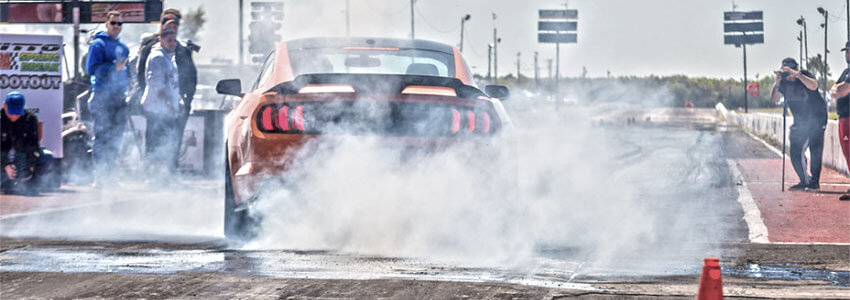
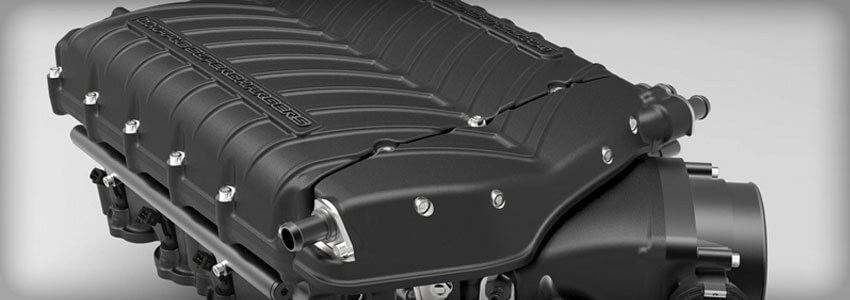
Mustang Forced Induction
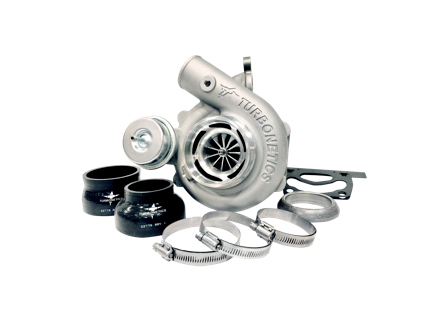
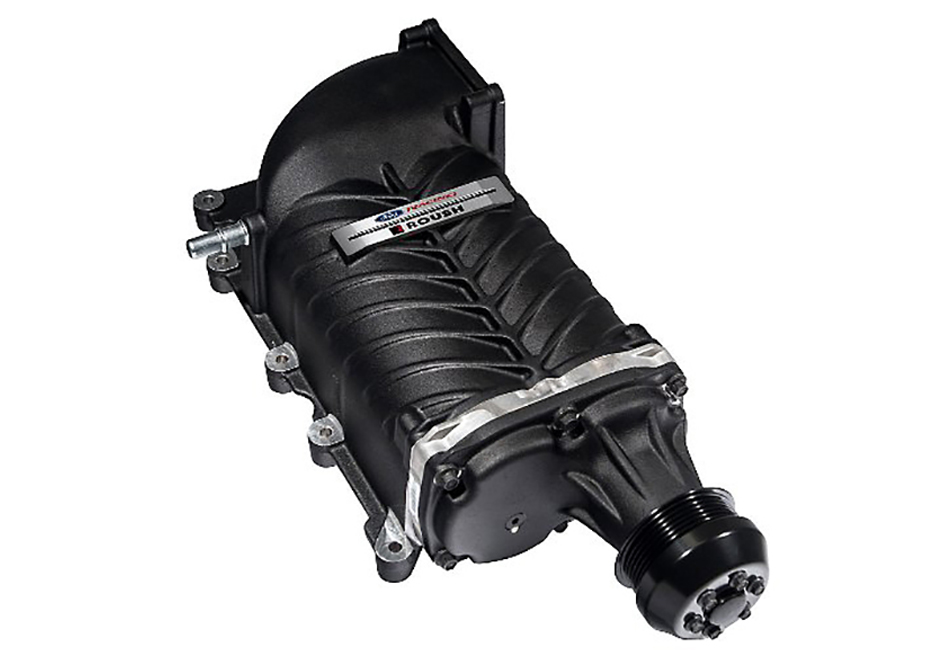
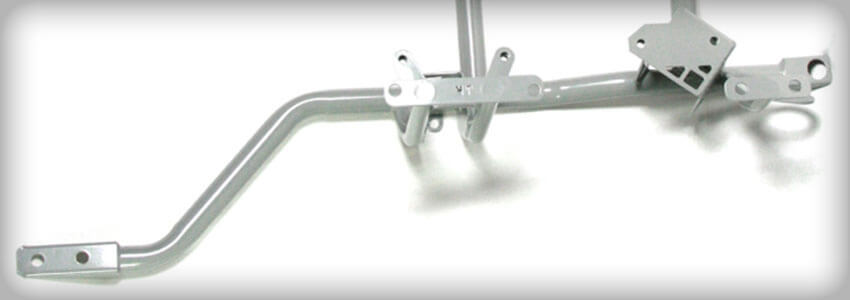
Mustang Weight Reduction
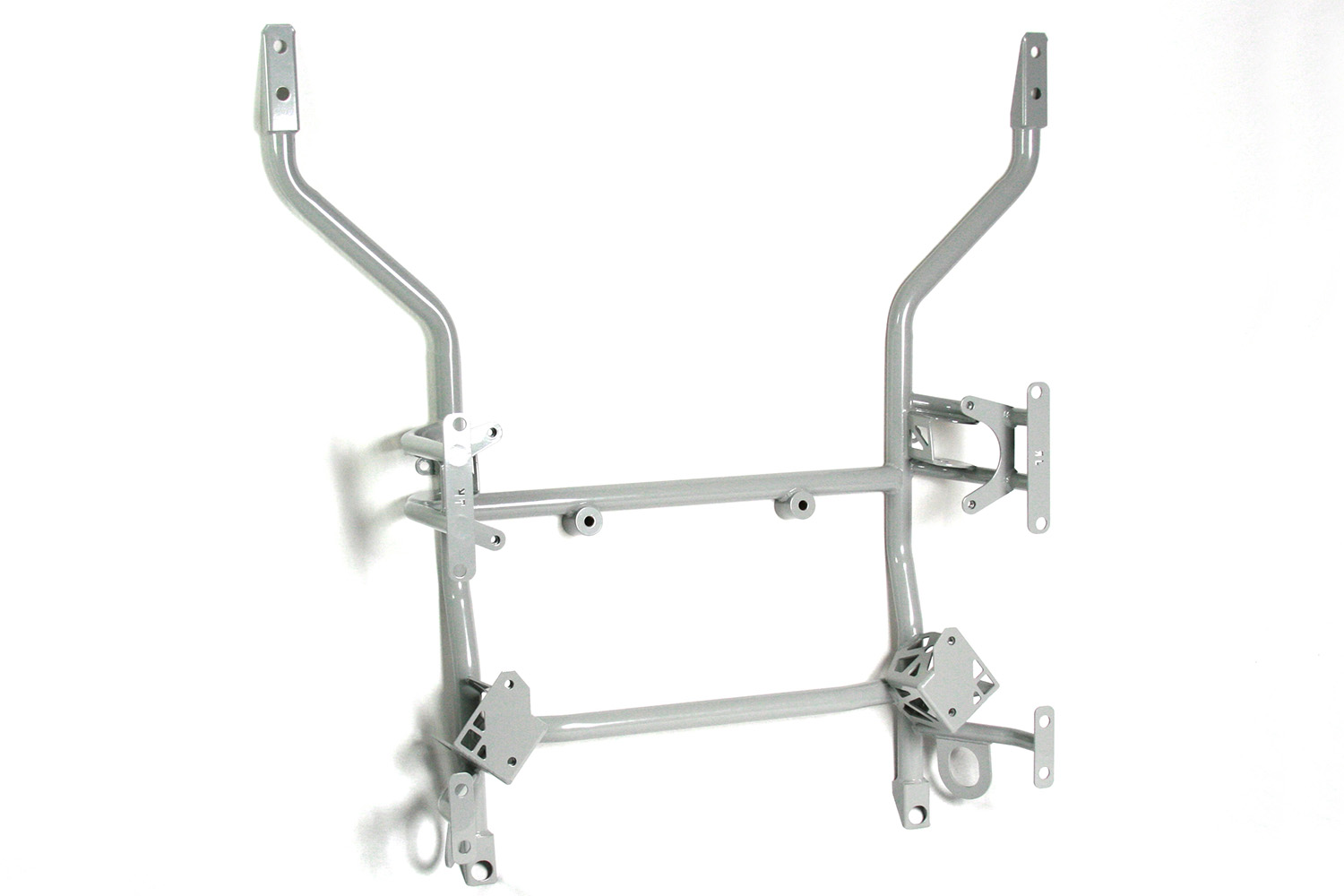
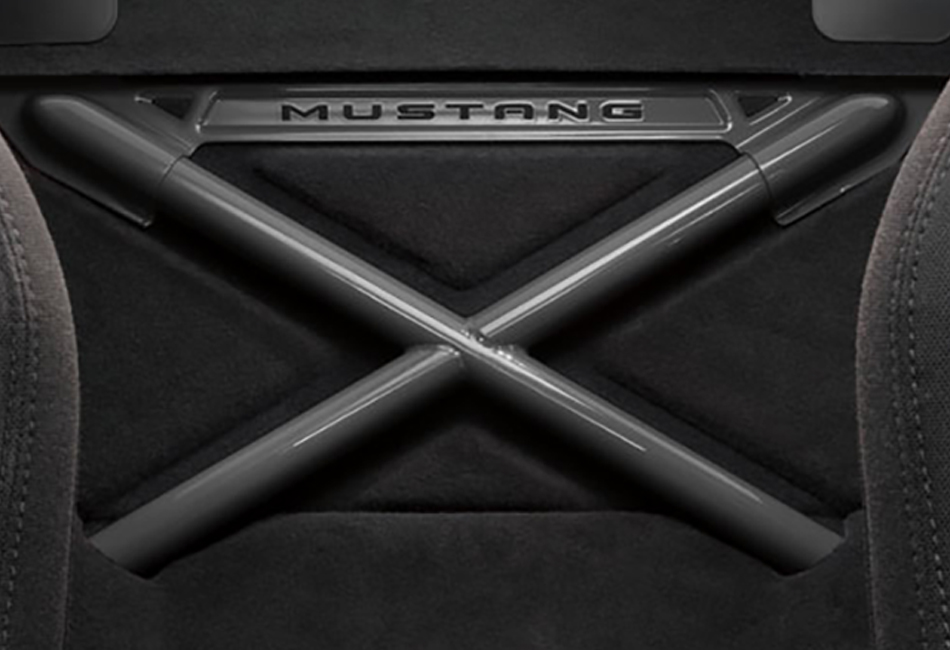
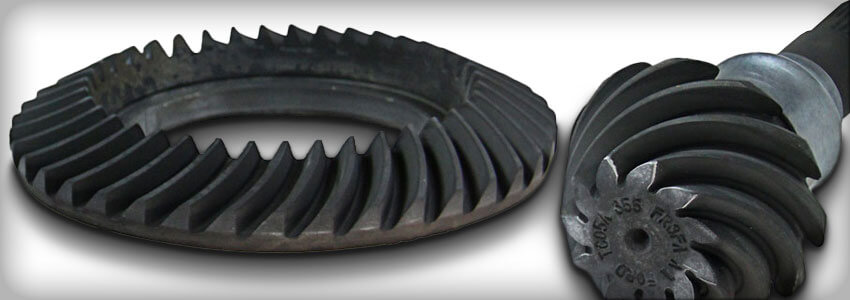
Mustang Gearing
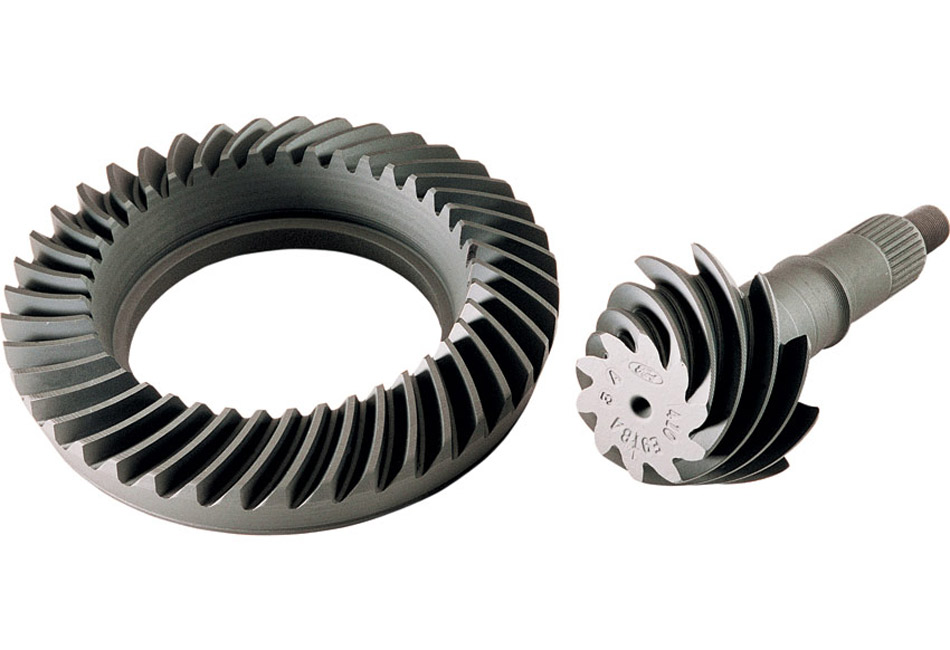
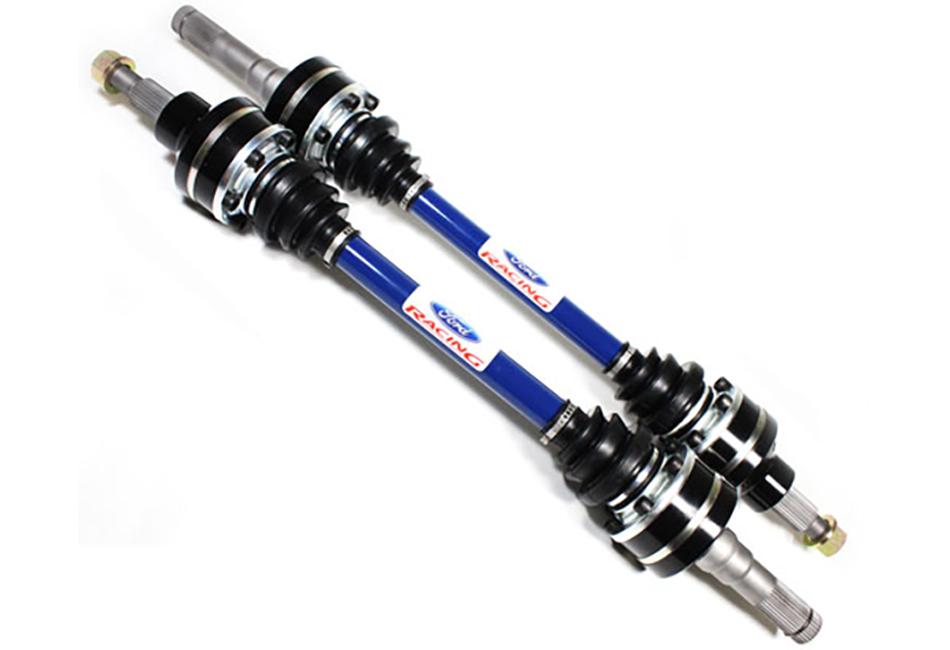
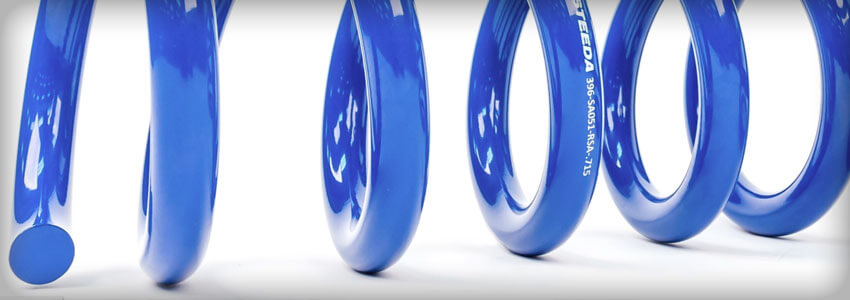
Mustang Drag Suspension
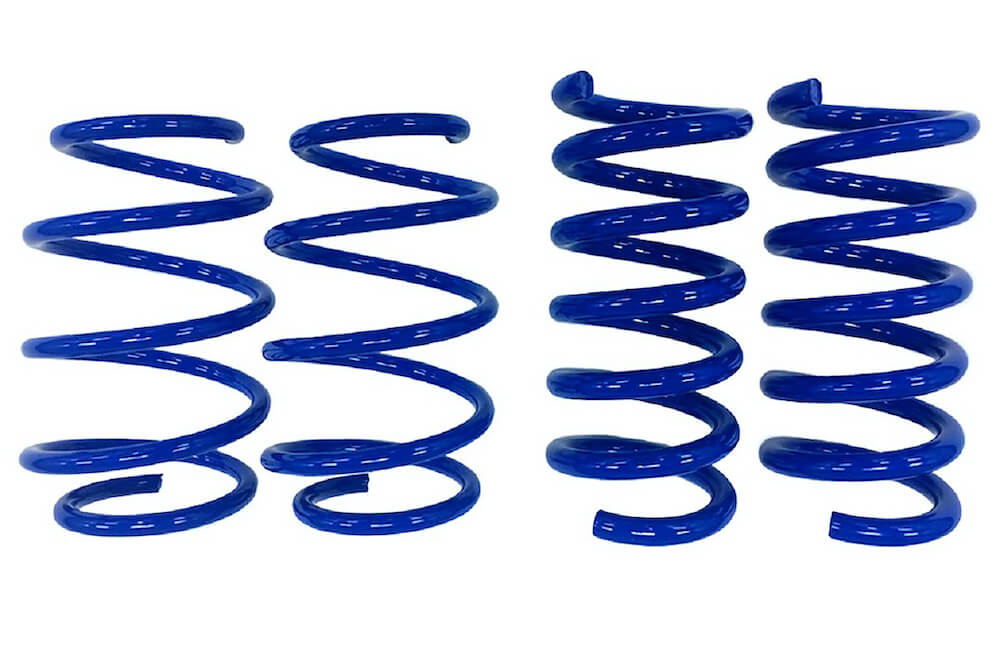
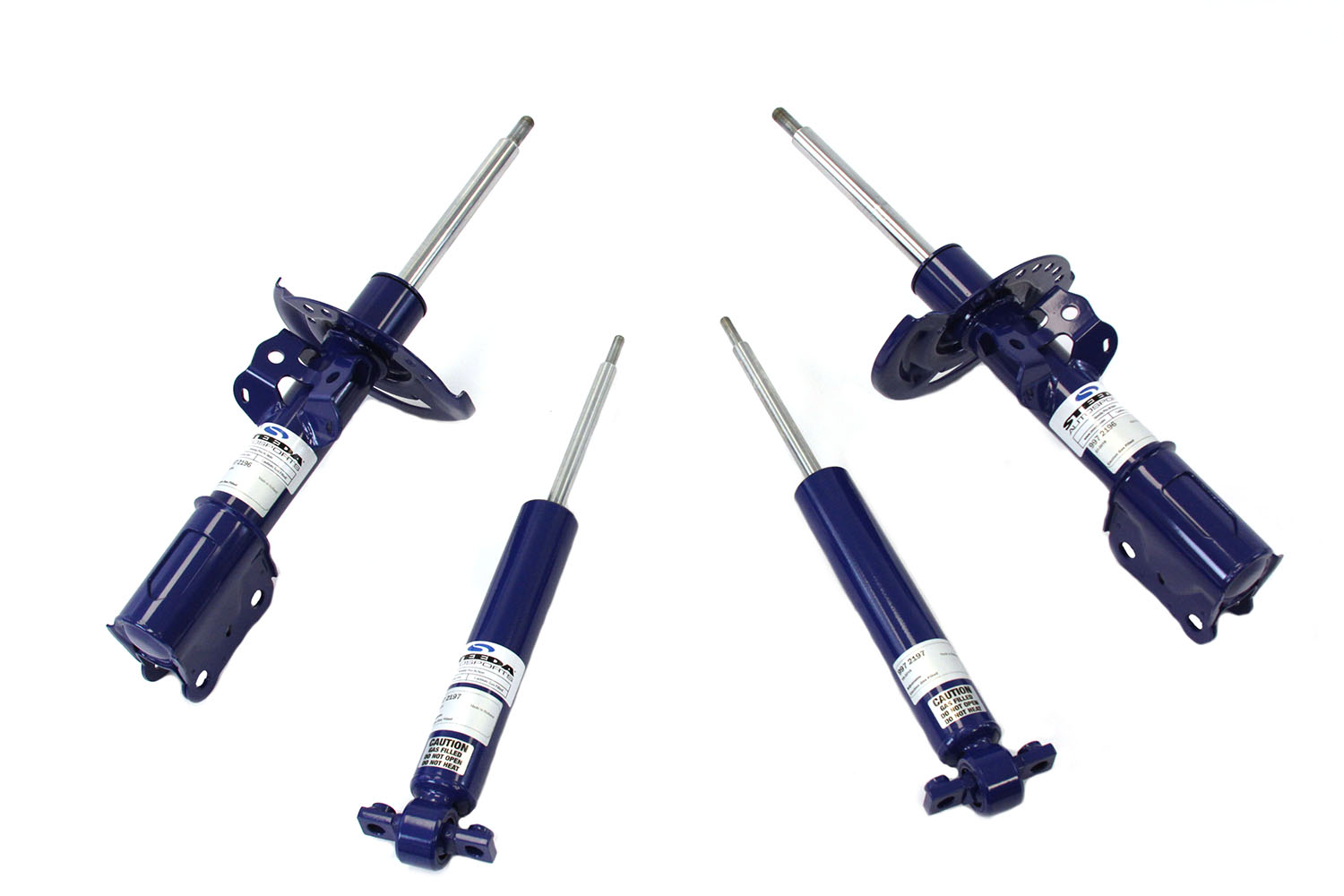
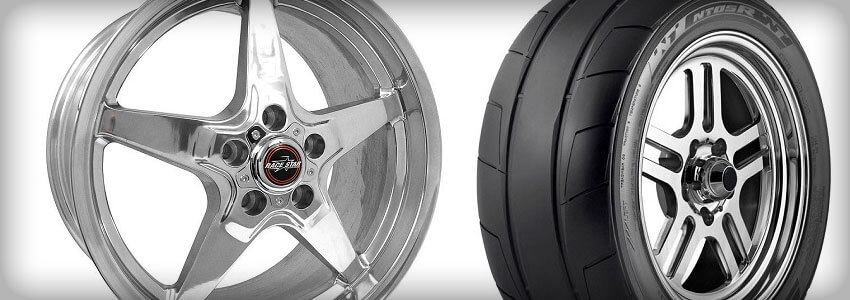
Mustang Drag Pack Wheels & Tires
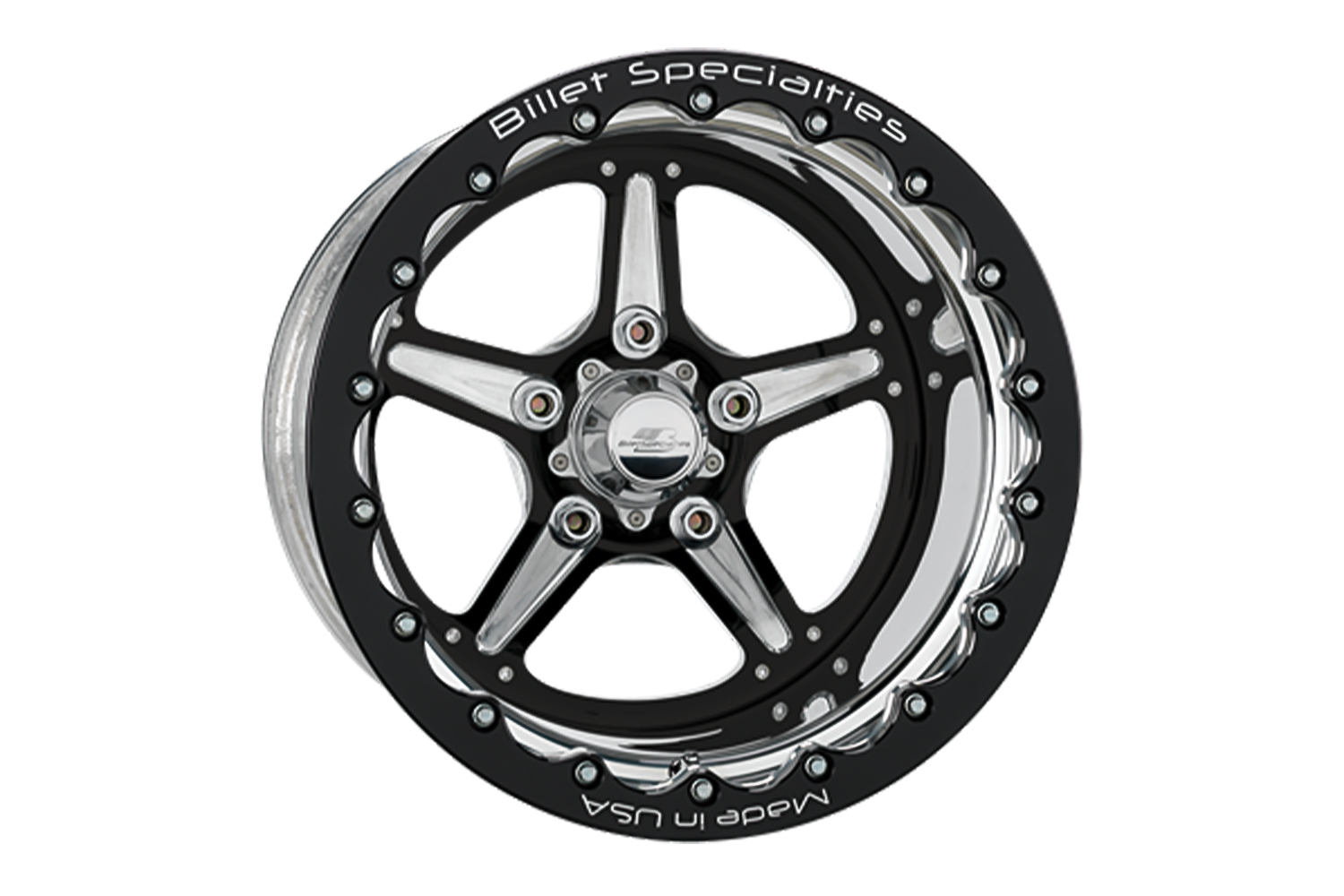
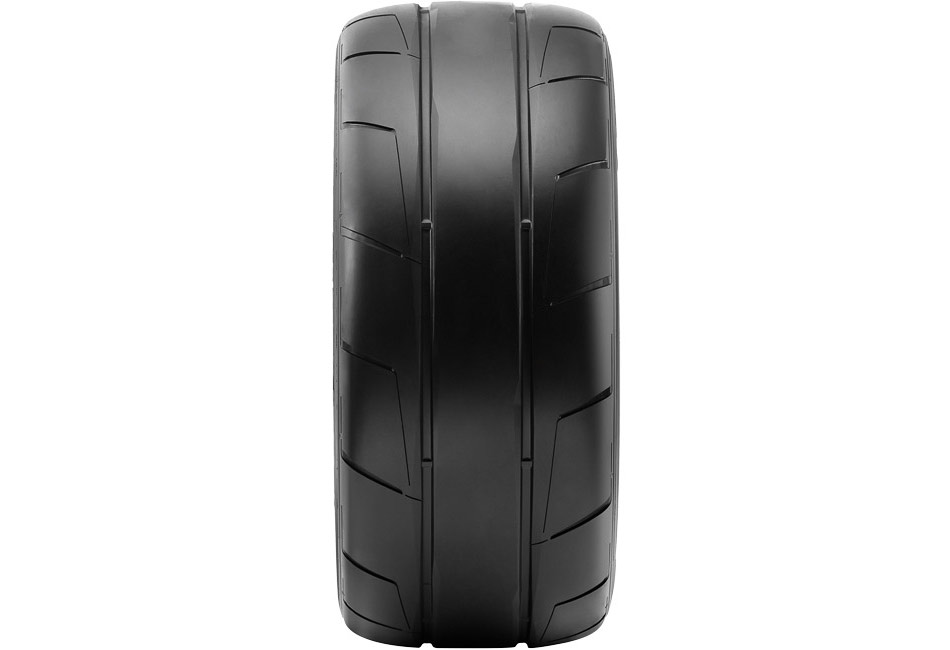
Related Articles





